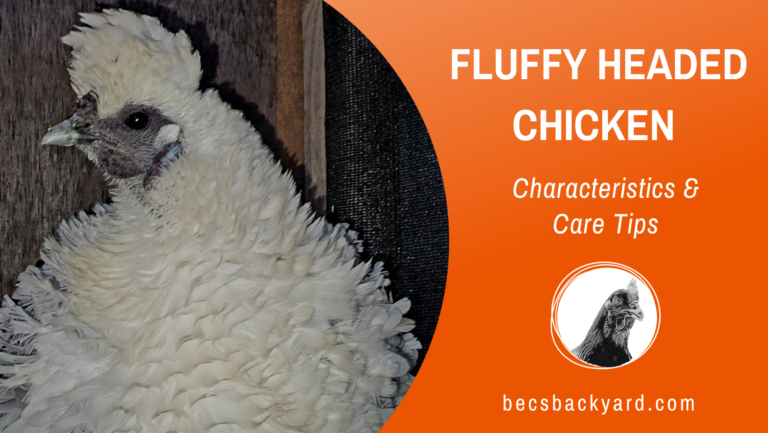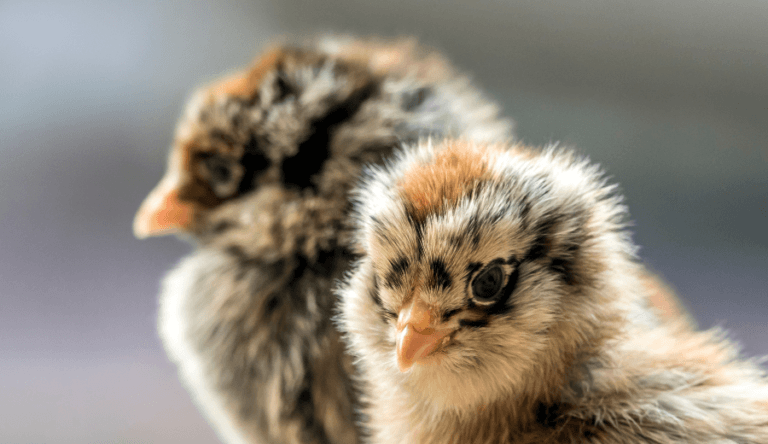What Chickens Lay Blue Eggs: A Guide to 3 Breeds and their Characteristics

Chickens that lay blue eggs are a fascinating and unique breed of poultry. While most people are familiar with the standard white and brown eggs, blue eggs can be a real novelty. These eggs are not only visually appealing, but they also have a distinct flavor and texture that sets them apart from other eggs. So, what chickens lay blue eggs?
There are several breeds of chickens that lay blue eggs. The most well-known of these breeds is the Araucana chicken, which is native to Chile. Araucana chickens have a distinct appearance, with ear tufts, pea combs, and no tail feathers. They are also known for their blue-green eggs, which are medium-sized and have a unique flavor. Other breeds that lay blue eggs include Easter Eggers, Ameraucanas, and Cream Legbars. These breeds are becoming increasingly popular among backyard chicken keepers, who are drawn to their unique eggs and friendly personalities.
If you’re thinking about adding chickens to your backyard flock, it’s worth considering breeds that lay blue eggs. Not only are these chickens visually striking, but they also make great pets and provide a steady supply of delicious eggs. With so many different breeds to choose from, there’s sure to be a chicken that fits your needs and preferences. So if you wanted to know what chickens lay blue eggs, read on and we will give you information on the 3 most common ones.

Breeds of Chickens That Lay Blue Eggs
If you are looking for chickens that lay blue eggs, there are a few breeds that you should consider. In this section, we will discuss the most popular breeds that lay blue eggs and provide some information about each breed.
Araucana
The Araucana chicken is one of the most well-known chicken breeds that lay blue eggs. This breed is originally from South America, specifically from Chile. The Araucana is a purebred chicken breed that naturally carries the blue egg gene, resulting in eggs with blue eggshells both inside and out. They have striking looks, with their lack of tail and distinctive ear tufts.
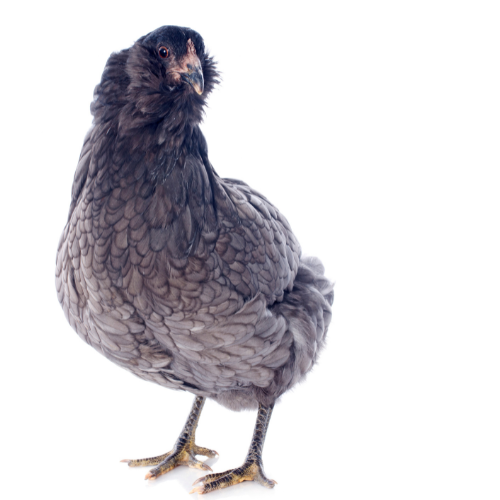
Characteristics
Egg Color
Egg Size
Egg Production
Temperament
Size
Description
Blue
Medium
3-4 per week
Active, friendly, curious
Small to medium
Ameraucana
The Ameraucana chicken is another breed that lays blue eggs. This breed was developed in the United States in the 1970s and is a popular choice for backyard chicken keepers. The Ameraucana is a purebred chicken breed that naturally carries the blue egg gene, resulting in eggs with blue eggshells both inside and out.
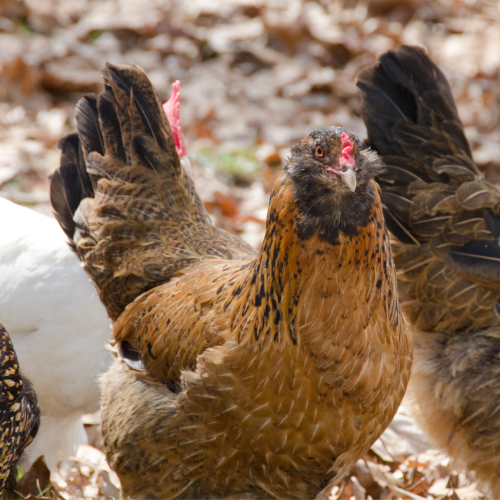
Characteristics
Egg Color
Egg Size
Egg Production
Temperament
Size
Description
Blue
Large
3-4 per week
Calm, docile, friendly
Medium
Cream Legbar
The Cream Legbar is a breed of chicken that was developed in Britain in the 1930s. This breed is known for its blue eggs and its distinctive crested head. The Cream Legbar is not a purebred chicken breed that naturally carries the blue egg gene, but it is a cross between several breeds, including the Araucana, which does carry the blue egg gene.
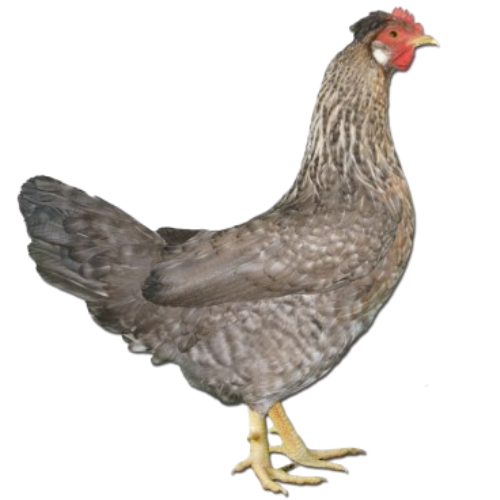
Characteristics
Egg Color
Egg Size
Egg Production
Temperament
Size
Description
Blue
Medium
3-4 per week
Active, friendly, curious
Medium
Egg Characteristics
Blue eggs are a unique and fascinating addition to any egg basket. They are often sought after for their stunning color and novelty factor. But what makes blue eggs different from other eggs? In this section, we will explore the characteristics of blue eggs, including shell color, yolk color, taste, and nutrition.

Shell Color
The most obvious characteristic of blue eggs is their shell color. Blue eggs are typically a light blue or greenish-blue color, and sometimes have speckles or spots. This color is caused by a pigment called oocyanin, which is deposited on the eggshell during formation. The intensity of the blue color can vary depending on the breed of chicken, age, and diet.
Yolk Color
The yolk color of blue eggs is not different from that of other eggs. It can range from pale yellow to deep orange, depending on the diet of the chicken. Chickens that have access to a varied diet with plenty of greens and insects tend to lay eggs with a darker yolk color.
Taste
The taste of blue eggs is not different from that of other eggs. It is determined by the diet of the chicken and the freshness of the egg. Fresh eggs have a richer flavor than older ones. Chickens that are allowed to forage and eat a varied diet produce eggs with a more complex flavor profile.
Nutrition
Blue eggs are not different from other eggs in terms of nutrition. They are a good source of protein, vitamins, and minerals. The nutritional content of eggs can vary depending on the diet of the chicken. Eggs from chickens that are allowed to forage and eat a varied diet tend to be higher in omega-3 fatty acids and vitamin D.
In summary, blue eggs are a unique and fascinating addition to any egg basket. They have a distinct shell color but are not different from other eggs in terms of yolk color, taste, or nutrition.
What Chickens Lay Blue Eggs? : Factors That Affect Egg Color
When it comes to egg color, there are several factors that can influence it. Genetics, diet, and age are the most common factors that can affect the color of chicken eggs.
Genetics
The genetics of the chicken is the most important factor that determines the egg color. Chickens have 39 chromosome pairs in their DNA that contain genetic information. These genes define the characteristics of the chicken, and a couple of them affect the egg color. On chromosome 1, there is a specific spot with a gene that regulates blue eggs. It’s called the O-locus, and the scientific name is SLCO1B3. Breeds that carry this gene tend to lay blue eggs. For instance, the Araucana, Ameraucana, and Easter Egger breeds are known for their blue eggs.
Diet
Diet can also affect the egg color. The chicken’s diet can influence the color of the yolks, but it doesn’t affect the color of the shell. A diet rich in carotenoids, such as beta-carotene and xanthophylls, can result in a more vibrant yolk color. These carotenoids are found in foods like corn, alfalfa, and marigold petals. On the other hand, a diet low in these nutrients can result in a paler yolk color.
Age
The age of the chicken can also play a role in egg color. As a chicken ages, the color of its eggs may change. Young hens tend to lay eggs with a darker yolk and a harder shell. As the hen gets older, the yolk may become paler, and the shell may become thinner. However, this can vary depending on the breed and the individual chicken.
In conclusion, genetics, diet, and age are the main factors that can affect the color of chicken eggs. While genetics is the most important factor, diet and age can also play a role. By understanding these factors, you can better understand why some chickens lay blue eggs and others don’t.
Frequently Asked Questions
Which chicken breeds lay blue eggs?
There are several chicken breeds that lay blue eggs, but they are relatively rare compared to chickens that lay brown or white eggs. The most well-known breed is the Araucana, which is recognized by the American Poultry Association. Other breeds that lay blue eggs include Ameraucana, Cream Legbar, Easter Egger, and Arkansas Blue. It’s important to note that not all chickens of these breeds will lay blue eggs, and some may lay eggs that are more green than blue.
Can you eat blue chicken eggs?
Yes, you can eat blue chicken eggs just like you would eat white or brown chicken eggs. The color of the eggshell does not affect the taste or nutritional value of the egg. However, some people find blue eggs to be more visually appealing and enjoy using them for special occasions or in recipes where the color of the egg is important.
What makes a chicken lay blue eggs?
The blue color of the eggshell is determined by a genetic trait that is passed down from the chicken’s parents. Chickens that lay blue eggs have a specific gene that causes them to produce a pigment called oocyanin. This pigment is deposited on the surface of the eggshell as it is formed, giving it a blue color.
Are blue eggs healthier than white eggs?
No, blue eggs are not inherently healthier than white eggs. The nutritional value of an egg is determined by its yolk and white, not its shell color. However, some chicken breeds that lay blue eggs are known for producing eggs that are higher in omega-3 fatty acids, which are beneficial for heart health.
Do blue chicken eggs have a different nutritional value?
No, the nutritional value of blue chicken eggs is not significantly different from that of white or brown eggs. The color of the eggshell does not affect the nutritional content of the egg. However, as mentioned earlier, some chicken breeds that lay blue eggs are known for producing eggs that are higher in omega-3 fatty acids
Where can I buy blue egg laying chickens?
Blue egg laying chickens can be purchased from specialty hatcheries or from breeders who specialize in rare chicken breeds. It’s important to do your research and choose a reputable seller to ensure that you are getting healthy, well-cared-for birds. Keep in mind that some breeds of blue egg laying chickens can be expensive to purchase and may require special care and attention.

Conclusion
Understanding what chickens lay blue eggs will help guide you to make the additions to your backyard flock for adding a vibrant touch to your egg basket. From the charming Araucanas and Ameraucanas to the exotic Cream Legbars and Easter Eggers, these breeds have captivated poultry enthusiasts with their distinctive blue-shelled eggs. Whether you’re an avid chicken keeper or simply curious about the wonders of nature, exploring the diverse world of blue egg layers can be an exciting endeavor. So, embrace the beauty of these extraordinary chickens and enjoy the delightful surprises they bring with each basket of blue eggs. What chickens lay blue eggs? Now you know, and it’s time to embrace the allure and wonder of these extraordinary feathered friends.




